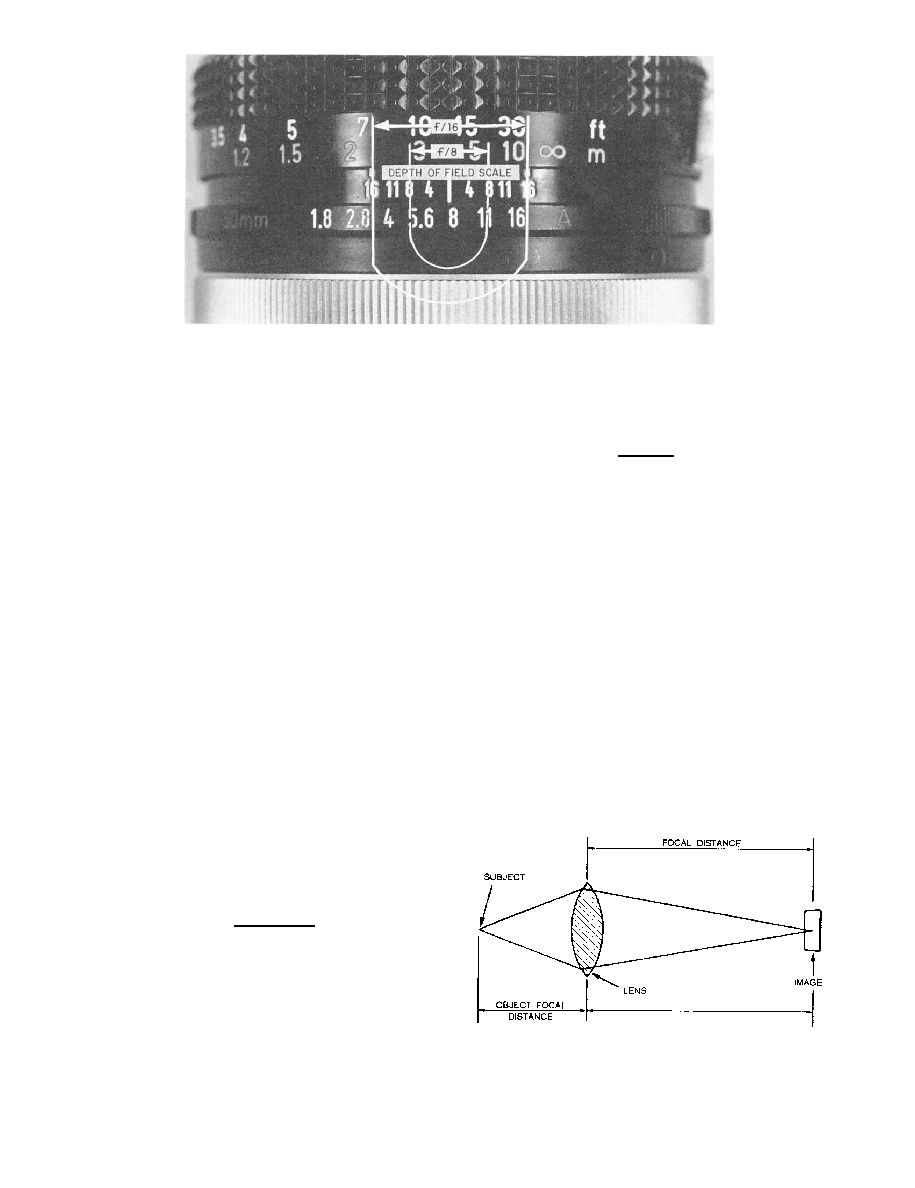
DOFMaster
for Windows
On-line
Depth of Field
Calculator
DOFMaster for Mobile Devices
On-line
Depth of Field
Table
Hyperfocal
Distance Chart
Articles
FAQ
Recommended
Books
Support
Contact
Links
Home
for Windows
On-line
Depth of Field
Calculator
DOFMaster for Mobile Devices
On-line
Depth of Field
Table
Hyperfocal
Distance Chart
Articles
FAQ
Recommended
Books
Support
Contact
Links
Home
As an Amazon Associate I earn from qualifying purchases.
![]()
is obvious from these two terms that the object distance
is outside the camera and the image distance is inside
the camera. Since the focal length denotes only the
distance from its center to the image when focused at
when we focus on closer objects the image focal
distance can be much more than the lens focal length,
with a corresponding effect on image size, effective
aperture, and other factors.
the focal length of the lens and the ratio (scale) between
the image size and the object size.
the image and object
focal distance is as follows:
the image formed is larger than the object, the larger
conjugate is inside the camera.
ways. The following examples illustrate the practical
value of these distance relationships:
of a 16x20 print using a camera equipped with a 10-inch
focal length lens.
Basic Photography Course

As an Amazon Associate I earn from qualifying purchases.
WWW.DOFMASTER.COM
© 2006 Don Fleming. All rights reserved.
© 2006 Don Fleming. All rights reserved.